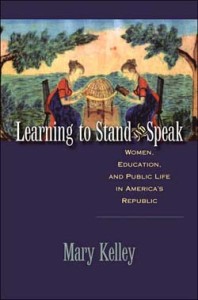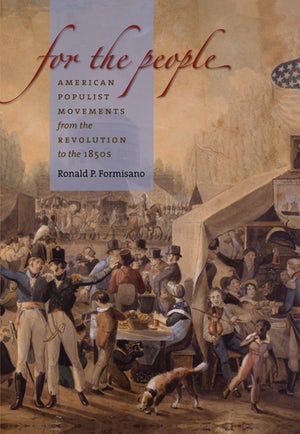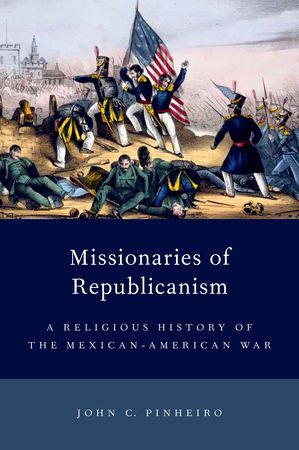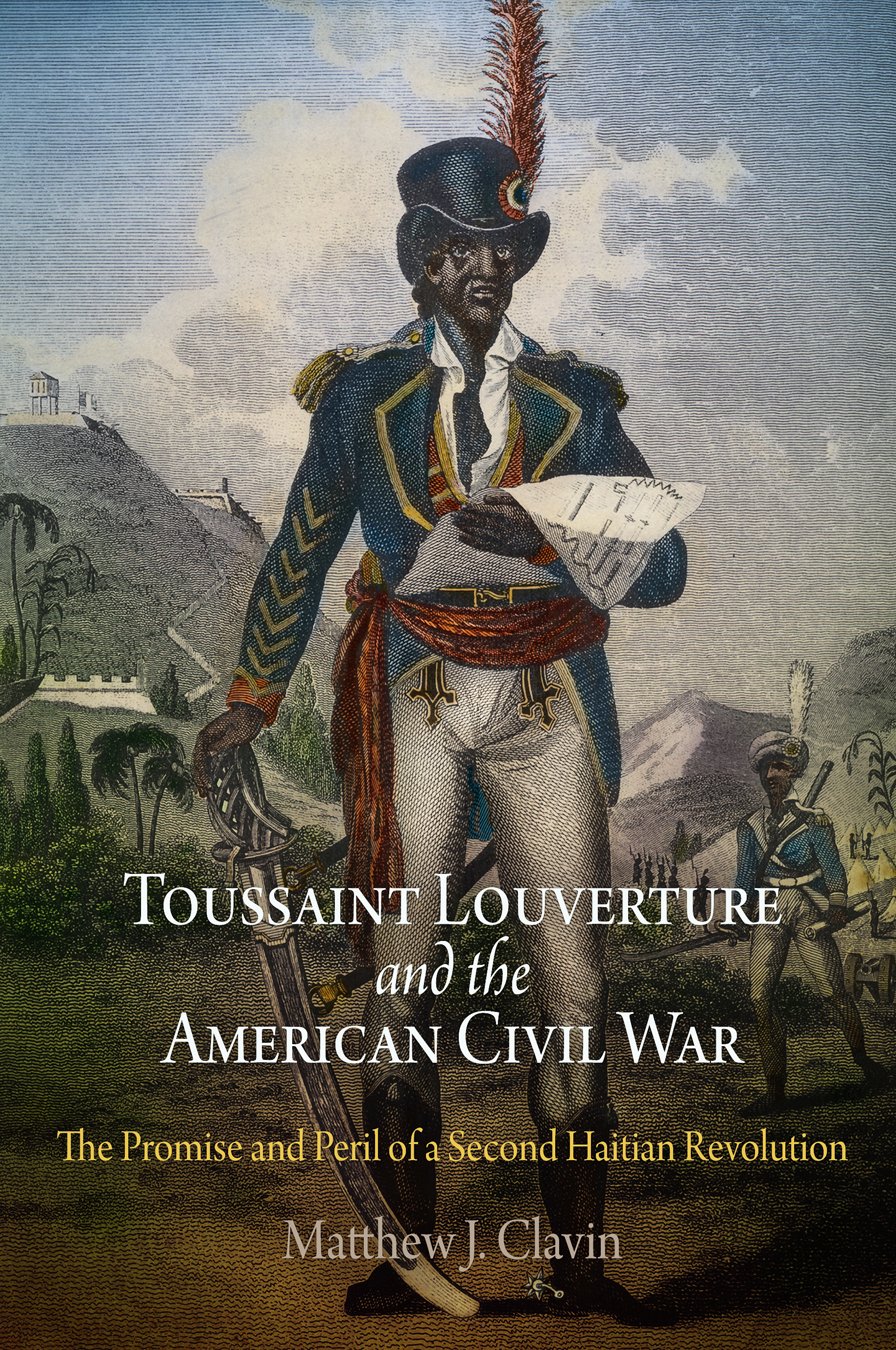In the early 1790s, Annis Boudinot Stockton wrote to her daughter that “the Empire of reason is not monopolized by man” (22). Julia Stockton Rush was in a position to understand; her husband, Benjamin Rush, was a founder of the Young Ladies’ Academy of Philadelphia. A century later, women’s rights activist Lucy Stone recalled in a letter to fellow reformer Antoinette Brown Blackwell that she had “learned to stand and speak” in literary societies at Mount Holyoke Seminary and Oberlin College (275). These two stories bookend Mary Kelley’s Learning to Stand and Speak: Women, Education, and Public Life in America’s Republic, which explains the entry of privileged white women into American civil society by examining their education in all-female schools, academies, and reading circles in the seven decades before the Civil War. Kelley argues that “although women also worked with men in parallel literary societies and reform associations, these exclusively female institutions were at least equally if not more important sites at which women gathered locally, regionally, and nationally to chart the nation’s course” (54).
Kelley begins with schools, noting that “approximately the same number of women and men were enrolled in institutions of higher learning” in early nineteenth-century America (41), a remarkable finding in itself. And these women were not studying merely ornamental subjects like embroidery and dancing; instead, Kelley’s research shows, women pursued a curriculum very like the one offered at male colleges, especially after 1820. Although middling as well as elite women attended seminaries and academies, those at single-sex schools were more likely to come from “families with significantly more access to economic, social, and cultural capital” (32). An education in the “values and vocabularies of civil society” prepared such women for both leadership in benevolence and social-reform organizations and “entry into the market economy as educators, writers, and editors” (32). And enter they did. However, although they positioned themselves “at the center, and crucial to the success, of the republican experiment” (27), they continued to couch their influence in the traditional language of family and home. Thus, these women struck a compromise: educational equality in Enlightenment terms but a still-circumscribed—though widened—sphere of influence.
Kelley’s extensive research makes clear that the educated women of the early nineteenth century reveled in their learning; the book is packed with quotations from letters and diaries that celebrate the joys of knowledge. Their dedication is also evident from their participation in literary societies and in the reading and writing they did as adult women, the subjects of the book’s second half. Literary societies at female academies, where members circulated their own writings and where they read and discussed books, “acted as schools within schools,” teaching members “to read critically, to write lucidly, and to speak persuasively” (117, 118). After graduation, many of these women replicated such circles among adult women. Engaging with a wide range of books in conversation and in writing, these women “sanctioned and supported intellectual productivity” (117). Crucially, Kelley argues, these mutual endeavors also gave women the confidence to step into civil society and work actively to shape public opinion.
Although Kelley’s interest is in the roots of women’s activism rather than in its fulfillment, her discussion of reading circles includes an extensive treatment of the connections between literary education and civic action. She shows that debates about the content and form of women’s education stood in for and reflected larger debates about women’s role in society. She traces the extensive networks that women built through literary societies and the ways that such networks built women’s influence within and beyond their communities. In particular, such groups focused on creating broader roles for women in civil society; Kelley locates the political development of such suffragists as Blackwell and Stone in precisely these circles.
Although the book focuses on white women either already members or aspiring to be members of the elite, Kelley is also attentive to the experiences of African American women. Her discussion of African American literary societies, drawing mostly on scarce clues in antebellum newspapers, is particularly thorough. As slavery was gradually eradicated in the North in the first three decades of the nineteenth century, African Americans found themselves subjected to increased racial hostility. For them, literary societies “were ideal vehicles for developing the arguments for, and the strategies of, resistance” (141). In Boston, Philadelphia, New York, and Rochester, African American women gathered, like their white counterparts, to read and write together and to develop what Kelley calls “avowedly political subjectivities,” using meetings to sharpen their arguments against racism and slavery and as a prelude to publishing those arguments in the antislavery press (142).
A subgroup of literary women chose the writing of women’s history as their contribution to civil society. Kelley examines Judith Sargent Murray, Lydia Maria Child, Sarah Josepha Hale, Margaret Fuller, and a handful of other women who published works of history focused on women. Kelley’s careful analysis of these writers’ choices shows that their narratives were designed to claim for women a gender-inflected moral authority that justified their participation with men in creating the nation as a beacon to the world. Establishing the public voices of their female subjects, these writers simultaneously made themselves exemplars of civic actors for their readers.
Because Kelley proceeds thematically rather than chronologically, it is sometimes difficult for a reader to pick out the threads of change. With evidence from the 1790s joined in a single paragraph with stories from five decades later, shifts over time are sometimes buried under the wealth of detail. Yet, the thematic focus is also a strength, allowing Kelley to explore in great depth each of her topics and to make connections across region and time.
The book’s greatest strength is its archival depth and breadth. Drawing on dozens of archives in many states, Kelley recovers the experiences of well-known women like Blackwell and Stone but also of their little-known schoolmates. Learning to Stand and Speak presents an impressive number of examples drawn from the experiences of women across seven decades and at least a dozen states. These anecdotes and stories give Kelley’s analysis weight as well as color, peopling her schools and reading circles, private homes and social libraries with vividly present women and girls. Kelley’s painstaking research convincingly places education, especially reading in the context of mutual improvement, at the center of elite women’s antebellum experience. Two dozen illustrations are an outstanding addition to the text. Learning to Stand and Speak will be an important resource for all historians of gender, education, or print culture in early republic and antebellum America.
This article originally appeared in issue 8.1 (October, 2007).
Lynda Yankaskas is a Ph.D. candidate in American history at Brandeis University, where she is completing a dissertation entitled “Borrowing Culture: Social Libraries and the Shaping of American Civic Life, 1731-1851.”



















